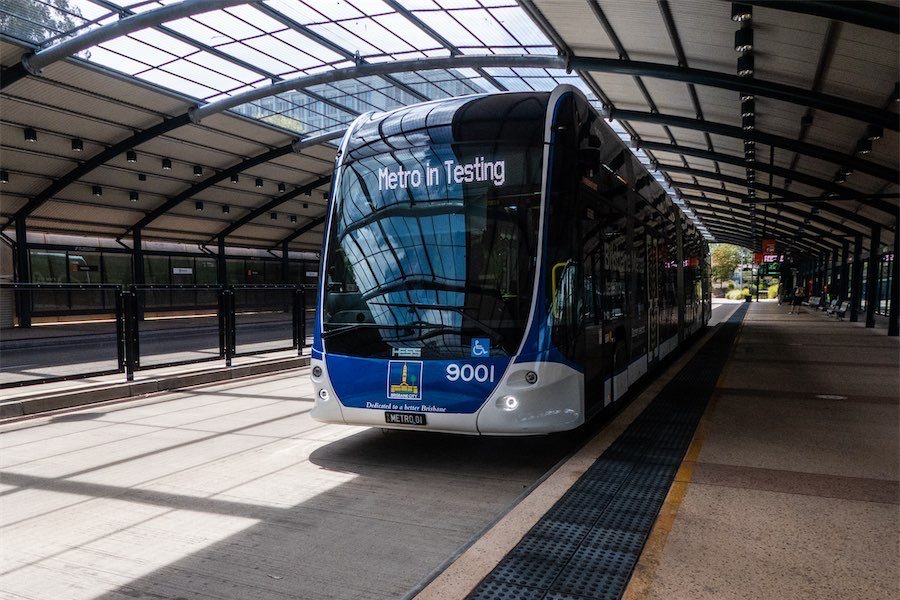THE ACT government has announced that it will develop a new strategy to tackle housing affordability and homelessness in Canberra.

The announcement is pleasing recognition by the government of the seriousness of both the level of homelessness in Canberra and of the massive escalation in the median price of houses over the last five years. The increase in the price of land for detached housing and the commensurate rise in the price of such housing has pushed it out of the reach of tens of thousands of Canberra families.
However, the scarcity of greenfields land for detached housing has been matched by an increase in flats and townhouses as the government, for policy and strategic reasons which, while never having been fully explained by it, appear to be designed to force Canberra households with incomes in at least the bottom two income quintiles into flats and townhouses.
Many Canberrans are, of course, choosing to live in apartments including in the high-rise developments becoming a feature of our town centres and in enclaves such as Kingston Foreshore, New Acton, Lonsdale Street and the soon-to-be Northbourne precinct which, having been cleared of public housing in readiness for the arrival of the tram, will soon be ready to greet the new young, prosperous, middle-class professionals and upper-middle-class retirees apparently so necessary for successful place making.
I wish them all well and respect the choice they have made to live in apartments. I may very well join them one day. However, my concern and attention is very much with the 60,000 Canberra households who have incomes of less than $100,000.
The question that I ask myself is what choices do they have. An analysis of mortgage and rent serviceability reveals that for the 30,000 households with annual income of less than $55,000 affordable rent is less than $321 per week and an affordable mortgage is less than $260,000. The same analysis reveals that for the 30,000 households in Canberra with annual income of between $55,000 and $100,000 affordable rental is between $321 and $579 and an affordable mortgage is between $260,000 and $483,000.
The median house price in Canberra has reportedly passed $700,000. The problem is, therefore, of course that the supply of detached houses for sale under $483,000 goes nowhere near meeting the demand among the 60,000 households for which that is the outer limit of affordability, assuming of course that they could ever get a deposit together in the first place.
In the discussion paper released by the government to encourage Canberrans to engage with the development of the new housing strategy it claims that it has in the last 10 years released a total of 37,000 housing sites despite demand in that period being for only 30,000 sites. The government insists that it has released 7000 sites more than there has been demand for. These claims, which are central to any reconsideration of the existing but effectively abandoned housing affordability strategy, demand serious examination.
The questions that flow from this claim, which it is imperative the government answer if the current re-examination of housing affordability is to have any credibility, include; what data and modelling was used to determine that the demand in that period was for 30,000 dwellings? What proportion of the 37,000 sites were identified as being for detached housing and how many were for housing other than detached housing?What modelling was used to determine demand for detached housing? How many of the 7000 apparently excess sites are currently available for purchase and how many of them are for detached housing? How many of the sites are currently available under the land rent scheme? What is the cost range of the 7000 dwelling sites and how many sites are there in each cost range?
The ACT government is in a unique position in Australia in that it has a virtual monopoly on the supply of land and is of course responsible for planning and development approvals. As such it cannot point, as other governments do, to blockages in the supply of land or delays in the planning and development processes as an excuse for runaway house prices. The ACT government is in control of all the levers.
Jon Stanhope was Chief Minister from 2001 to 2011 and represented Ginninderra for the Labor Party from 1998. He is the only Chief Minister to have governed with a majority in the Assembly.
Who can be trusted?
In a world of spin and confusion, there’s never been a more important time to support independent journalism in Canberra.
If you trust our work online and want to enforce the power of independent voices, I invite you to make a small contribution.
Every dollar of support is invested back into our journalism to help keep citynews.com.au strong and free.
Thank you,
Ian Meikle, editor




Leave a Reply